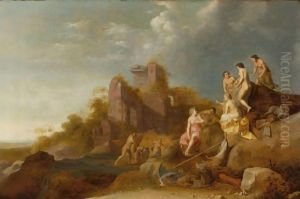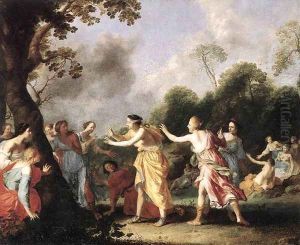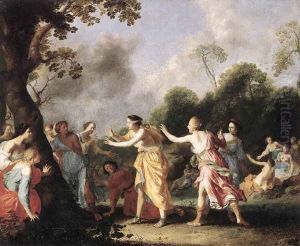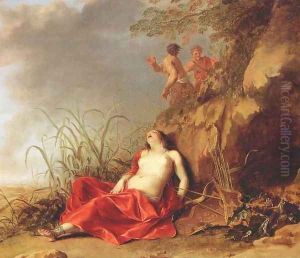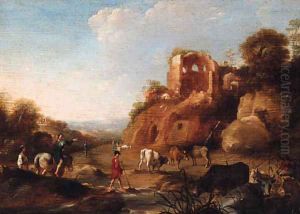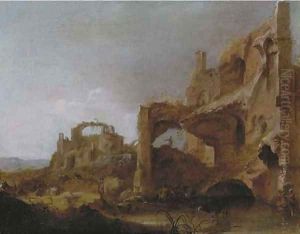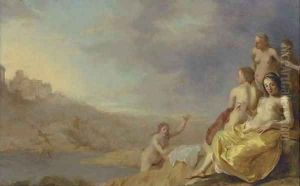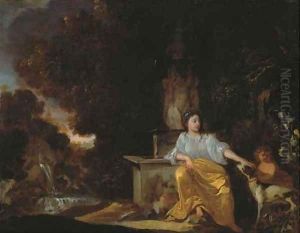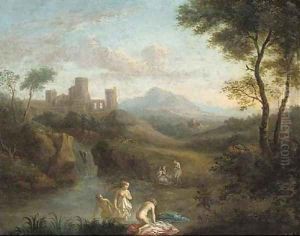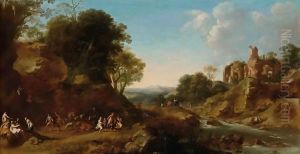Dirck van der B Lisse Paintings
Dirck van der Lisse, also known as Dirck van der B Lisse, was a Dutch Golden Age painter who lived and worked in the 17th century. Born around 1607, possibly in Haarlem, van der Lisse became known for his genre scenes and mythological and historical subjects. He was influenced by the work of other Dutch painters of the time, such as Frans Hals and Rembrandt.
Van der Lisse's early career is not well documented, but it is believed that he was a pupil of Pieter de Grebber, a respected painter in Haarlem. Under de Grebber's tutelage, van der Lisse would have honed his skills in both painting and composition, setting the stage for his later works. Despite the lack of extensive records, it is known that he became a member of the Haarlem Guild of Saint Luke, an association of artists and craftsmen, which indicates his recognition as a professional painter.
Throughout his career, van der Lisse developed a distinct style characterized by harmonious color schemes and a delicate handling of light and shade, a technique that was part of the broader Dutch chiaroscuro tradition. His works often depicted scenes from the Bible, mythology, and history, rendered with an attention to detail and an emphasis on storytelling.
One of his notable works is 'Diana and her Nymphs', which showcases his skill in creating elegant figures and capturing the nuances of natural light. Another significant painting is 'The Judgment of Solomon', demonstrating his ability to handle complex compositions and convey dramatic intensity.
Dirck van der Lisse's contributions to Dutch art were part of the larger Dutch Golden Age of painting, a period that saw an incredible flourishing of the arts in the Netherlands. His paintings were appreciated for their narrative quality and his ability to bring stories to life through his brushwork.
The exact details surrounding van der Lisse's death are not well known, but he is believed to have died around 1669. Today, his works are held in various collections and museums, offering insights into the artistic achievements of the Dutch Golden Age and continuing to intrigue art historians and enthusiasts alike.
